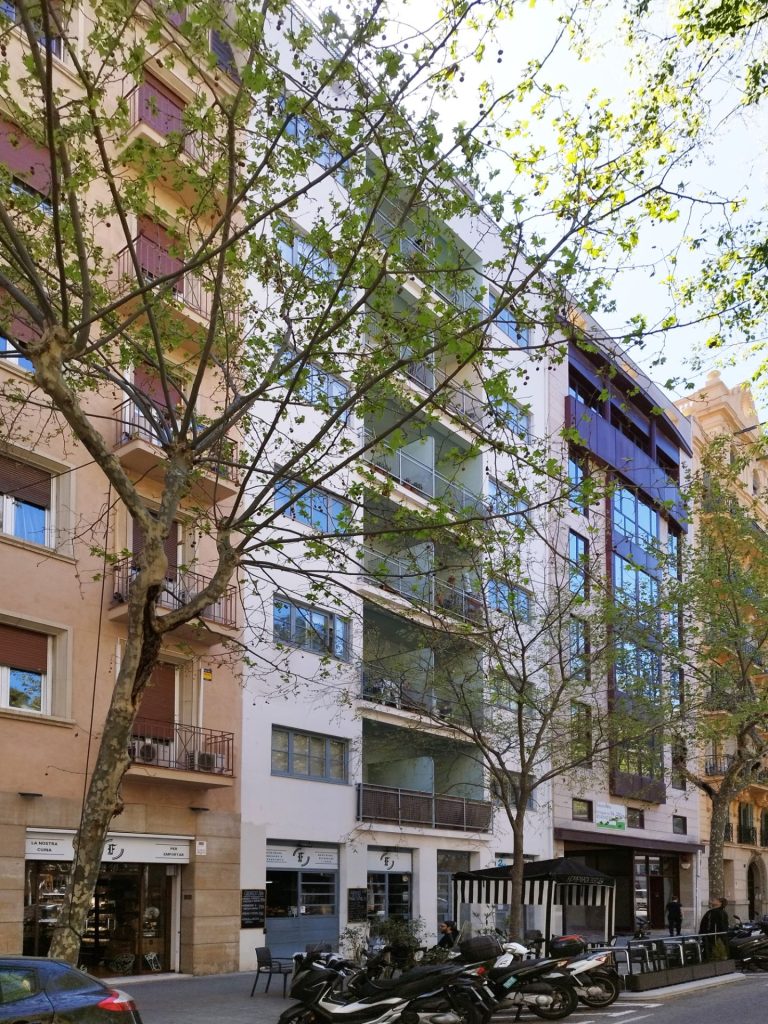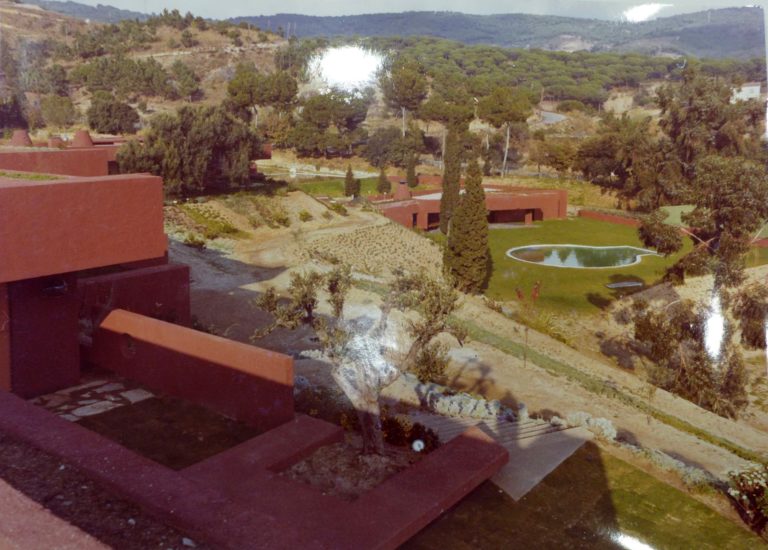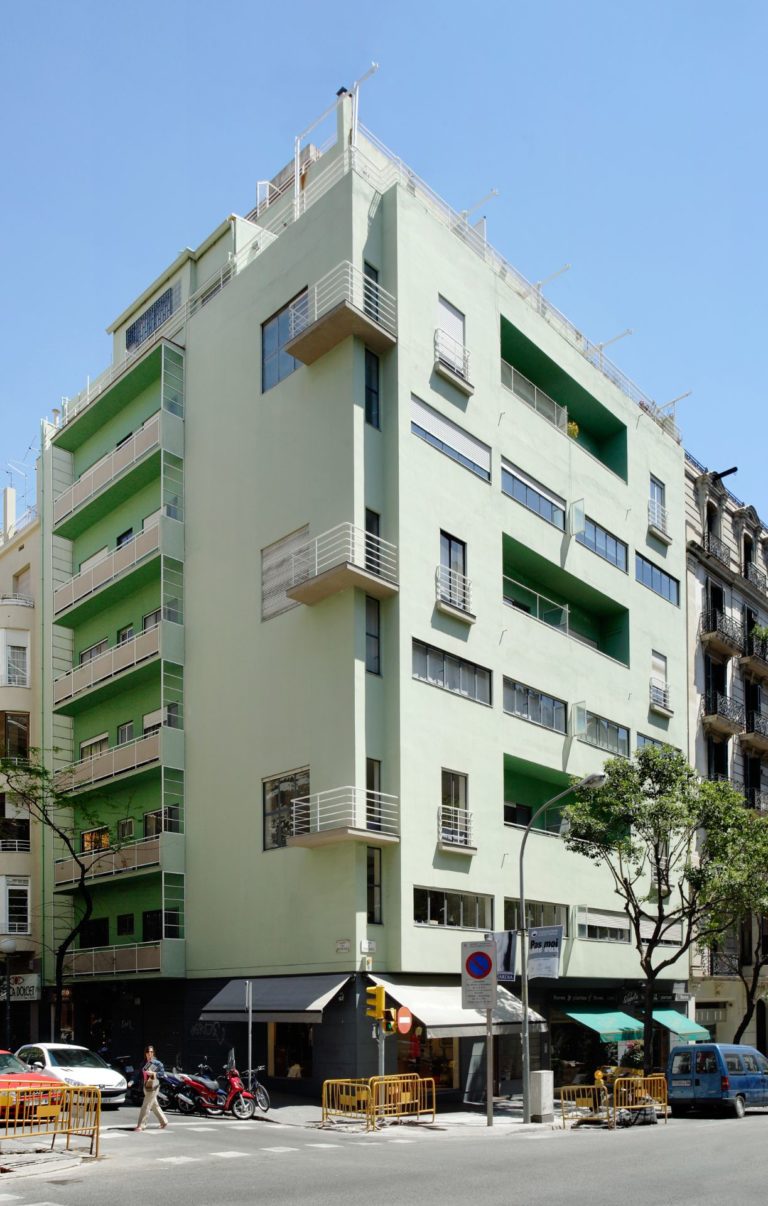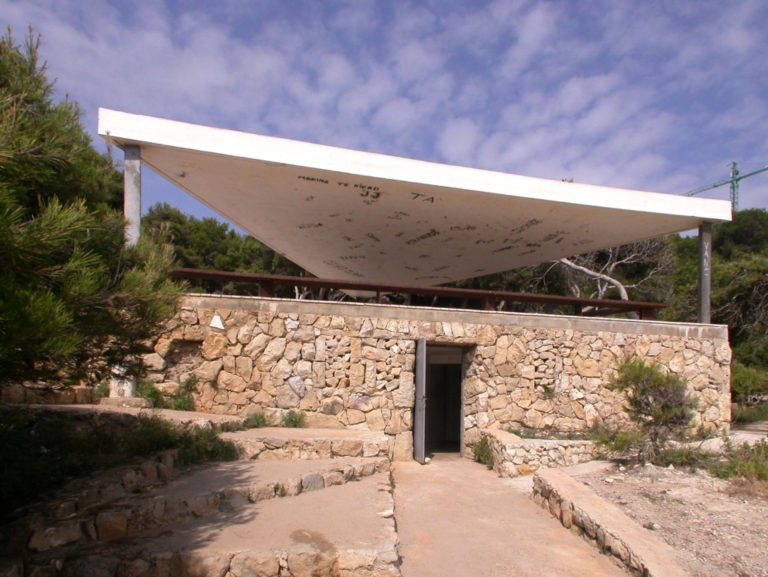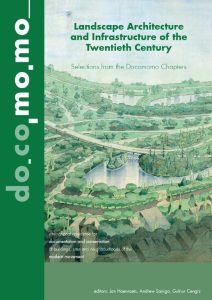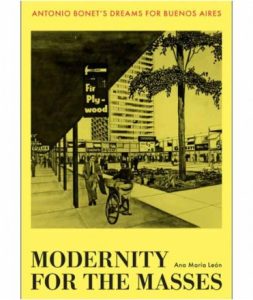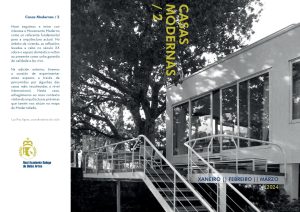Abstract
This thesis concerns the GATEPAC, Grupo de Arquitectos y Técnicos Españoles para el Progreso de la Arquitectura Contemporánea, a group of architects created in 1930 and affiliated both to the architectural modern movement and to the CIAM. This group, following the example of other international experiences, was composed by about twenty or so architects and was divided into three subgroups : one in Madrid, one in the Basque Country and the last one in Catalonia. The GATEPAC can be defined as a group integrating all the international issues ad subjects contained in the CIAM and proposes their application in the country by the participation to architect contests, expositions and commissions. Its work can be found synthesized in the propaganda magazine of the GATEPAC, A.C., Arquitectura Contemporánea.The GATEPAC, which belongs to the second generation of the modern movement, uprises at the junction of two important moments in architectural and in Spanish political histories : the CIAM and the CIRPAC’s births in 1928, and the advent of the Second Spanish Republic,on the 14th of april 1931, after seven years of dictatorship. These two conditions move us to think about how the GATEPAC, as part of the second generation of the architectural modern movement and inspired at the beginning by the European architecture gets to free itself and to participe in the international architectural discussions, but also about how the three sub-groups handle their identities in order to contribute to national and regional policies. Actually, the role of each subgroup is essential and strongly related to the regional policies implemented during the Second Republic.
Access the thesis

